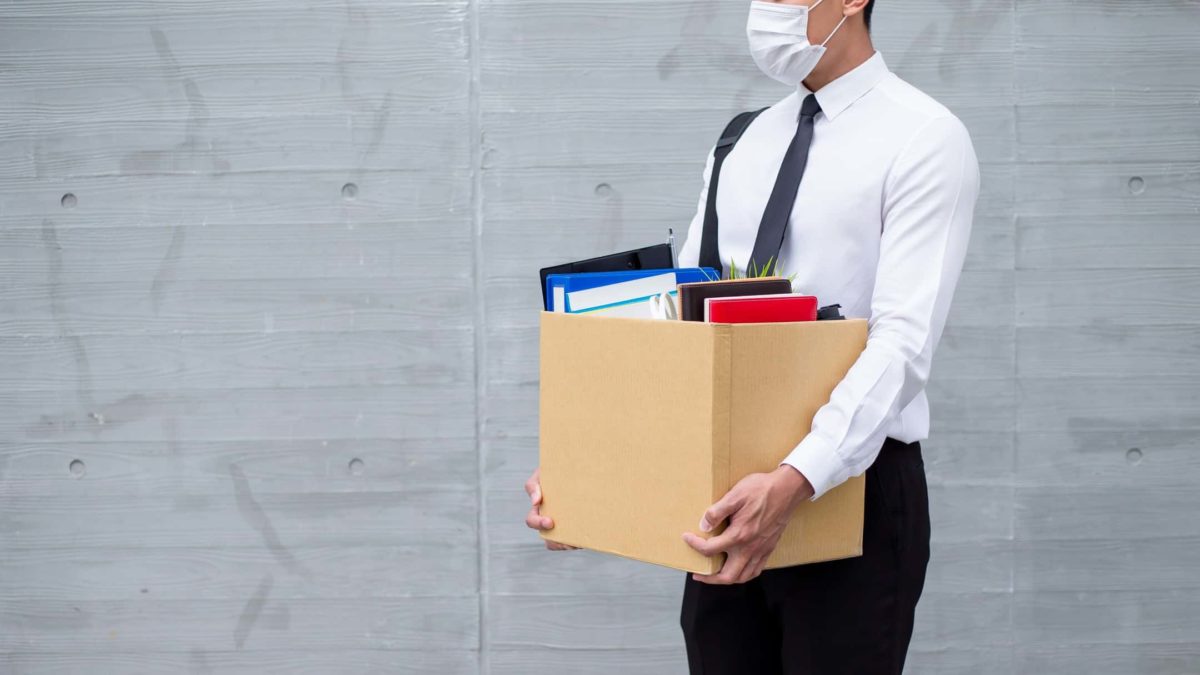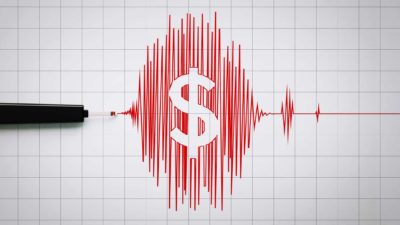According to the latest figures from the Australian Bureau of Statistics (ABS), Australia's unemployment rate increased from 7.1% in May to 7.4% in June, with an additional 69,300 people unemployed . This is the highest rate of unemployment since November 1998, with a total of just under 1 million unemployed people.
The market reaction to the latest unemployment data was relatively muted, with the S&P/ASX 200 Index (ASX: XJO) trading flat most of the morning before dipping 0.93% at the time of writing.
Unemployment rate increases as more people seek work
The increase in the unemployment rate was partially due to an increase in the number of people looking for work. According to the ABS numbers, between May and June the labour force increased by 280,100 people to 13,320,800, with the participation rate rising 1.3 points to 64%. Treasurer Josh Frydenburg said earlier this week that the real unemployment rate is 13.3%, as the official rate does not include those who have stopped looking for work.
Full time employment down, part time employment up
Between May and June, full time employment decreased by 38,100 people while part time employment increased by 249,000 people. Positively, the underemployment rate decreased by 1.4 points to 11.7%.
All states and the ACT recorded increases in employment in June, however most states and territories (except for Queensland and the Northern Territory) saw unemployment rates increase as a result of increased numbers of people in the labour force. In Victoria, unemployment increased from 6.9% in May to 7.5% in June, while New South Wales saw unemployment increase from 6.4% to 6.9%.
Lockdowns see unemployment rise
Large numbers of Australians were stood down or had hours reduced in April as lockdowns came into effect. These conditions continued in May, impacting work and job search activities. By June, as social distancing restrictions started to lift, there was a corresponding rise in the employment-to-population ratio which increased 1 point to 59.2%, and a 4% increase in hours worked.
Around 900,000 people left employment between March and April and over 700,000 between April and May. This number reduced between May and June, however, to around 400,000. Almost 600,000 people moved into employment in June, leading to a net increase in the number of employed people by over 200,000. While there was a similar flow into employment in May, there was an even larger outflow, resulting in a net drop in employment in May.
What is the outlook for employment?
The outlook for employment in Australia largely depends on how the economy recovers from coronavirus. With lockdowns back in effect in Victoria, those in impacted industries are again seeing employment under threat. This could be bad news for July employment figures. Jobkeeper, which is due to expire in September, may also be helping to mask the true (higher) unemployment rate.









